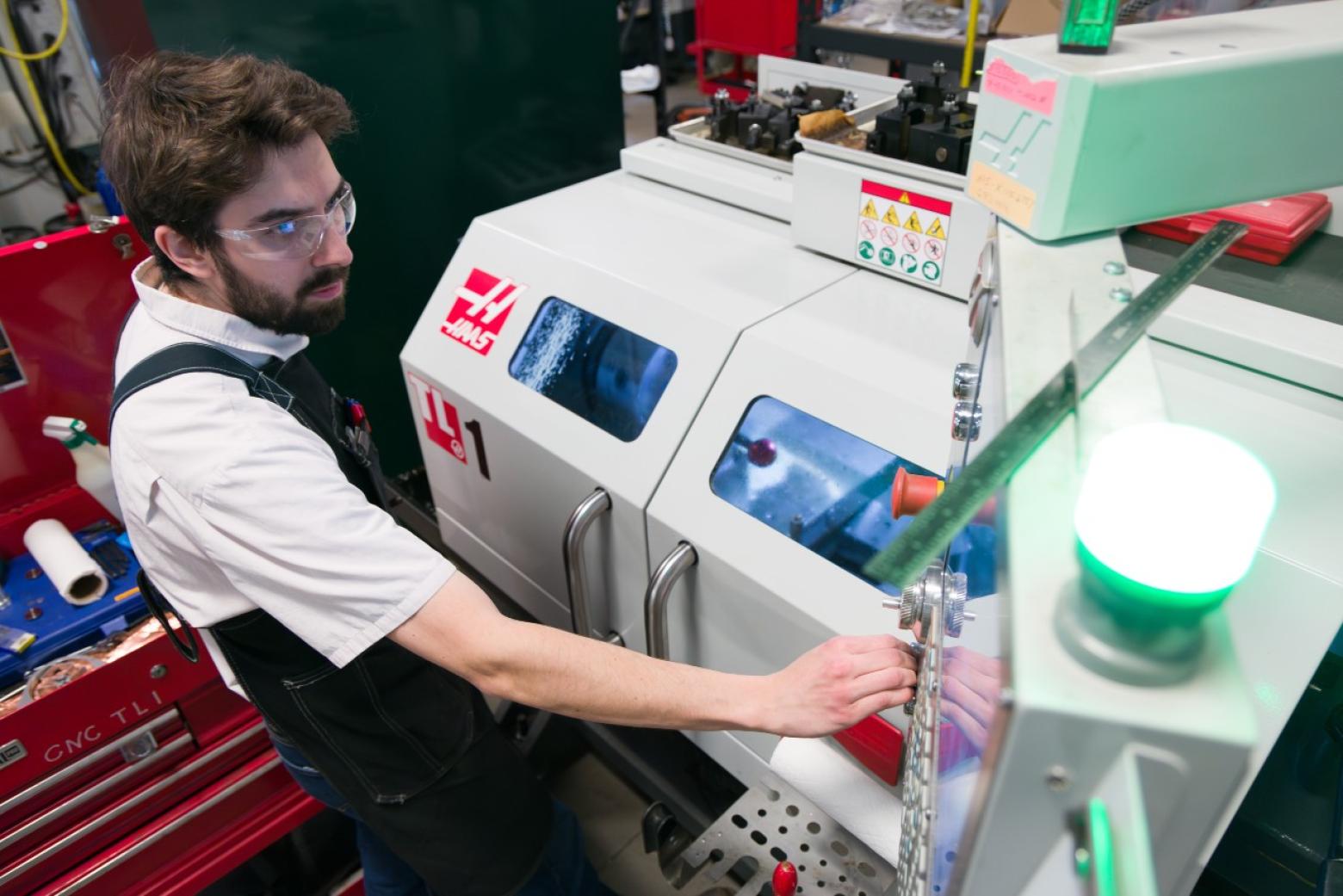
The Colorado School of Mines has been awarded $2.5 million by NASA to assist in a balloon experiment aimed at investigating high-energy cosmic rays and neutrinos. The project is international in scope, with Mines serving as a leading institution among 10 U.S. universities and 15 international partners.
Eric Mayotte, assistant professor of physics at Mines, is a lead researcher on the interdisciplinary project. The initiative involves launching a super-pressure balloon carrying 3,000 pounds of telescopes and radio antennas to capture data over 18 miles above Earth. “Ultra-High-Energy cosmic rays are the most energetic things that scientists know of in the universe,” Mayotte said, emphasizing the mission’s potential to achieve the first optical observation of these particles from above the atmosphere.
The project, named POEMMA Balloon with Radio, is a pathfinder mission for a future NASA observatory called Probe of Extreme Multi-Messenger Astrophysics. While ground-based observatories have been studying these particles for years, the Mines team aims to measure them from a higher altitude to extract critical information about their sources and composition. “If we can show that we can do a very good job doing that from the top of the atmosphere, then that means we’ll be able to do a good job from space,” Mayotte said.
Much of the equipment for the project will be designed and fabricated at Mines, where the team will handle various responsibilities, including the mechanical design of the payload, the building of telescopes, and the development of machine learning techniques for data analysis. Mayotte noted, “It is Mines’ combination of great infrastructure, supportive leadership, the fact that we have a highly capable machine shop on campus, and the quality of our students that makes all this possible.”
The balloon’s launch is scheduled for 2027 from Wanaka, New Zealand, with significant testing to occur in Delta, Utah and Palestine, Texas. The research team includes faculty members and students from Mines, enhancing student involvement in advanced scientific projects.
Mayotte highlighted the significance of the potential observations, stating, “If during flight, we see a neutrino going through the Earth and into the atmosphere, we could correlate it with something out in space, like an exploding star, black hole or neutron star merger.” He added that successful completion of the mission could lead to new insights into the origins and acceleration of these high-energy particles. “We may even access particle physics at energies that we couldn’t possibly get here on Earth,” Mayotte said.


